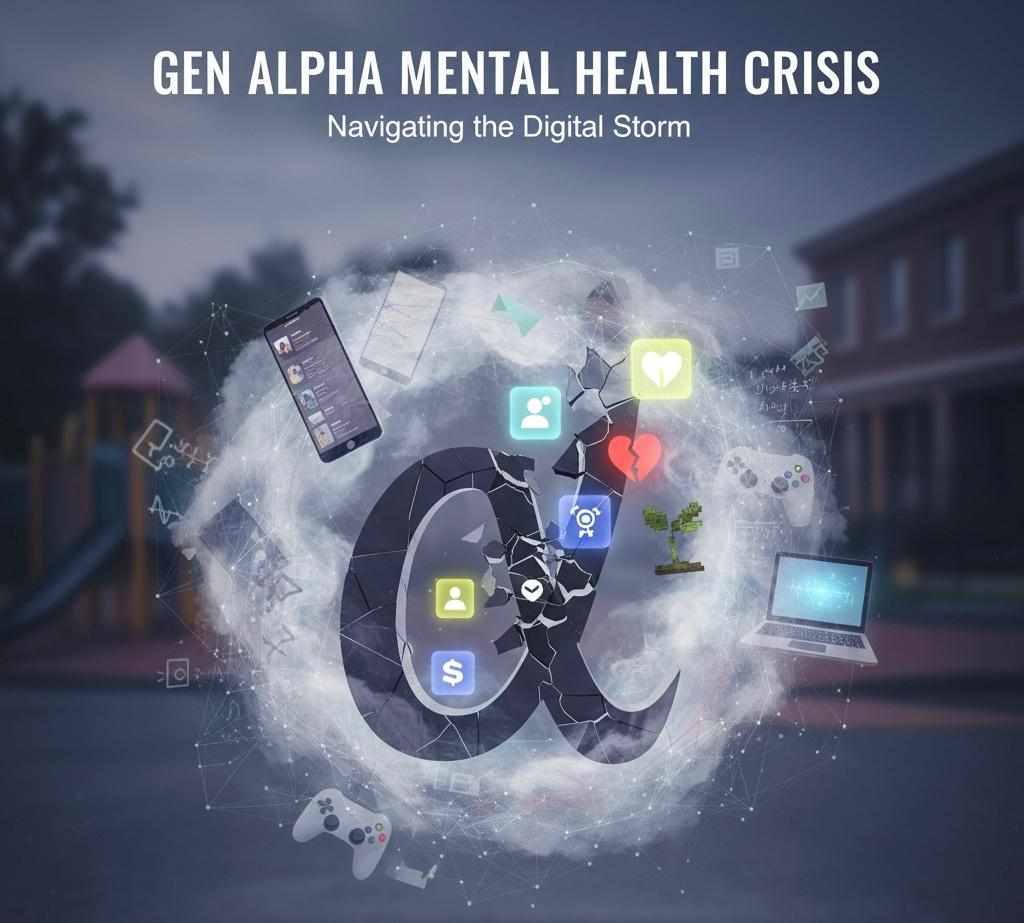Depression is not a one-size-fits-all condition. It manifests in various forms, each with unique features, symptoms, and treatment approaches. Recognising the different types of depression is crucial for effective diagnosis and management. This article explores the spectrum of depressive disorders, highlighting their distinct characteristics and supported by scientific research.
Major Depressive Disorder (MDD)
Major Depressive Disorder, often referred to simply as depression, is characterised by persistent feelings of sadness, hopelessness, and a lack of interest in previously enjoyed activities. To be diagnosed with MDD, symptoms must be present most of the day, nearly every day, for at least two weeks. Kessler and Bromet (2013) in the Journal of the American Medical Association note that MDD significantly affects an individual’s ability to function in daily life.
Persistent Depressive Disorder (Dysthymia)
Persistent Depressive Disorder, or dysthymia, involves a chronic form of depression where symptoms last for at least two years. Although generally less severe than major depression, dysthymia’s long-term nature can profoundly impact quality of life. According to Sansone and Sansone (2009) in Innovations in Clinical Neuroscience, individuals with dysthymia may experience periods of major depression alongside their chronic condition, a phenomenon known as “double depression.
Bipolar Disorder
Bipolar disorder is characterised by significant mood swings that include emotional highs (mania or hypomania) and lows (depression). During depressive phases, individuals may experience symptoms similar to those of MDD. Bipolar disorder’s complexity often requires a combination of medication and psychotherapy for management. Merikangas et al. (2007) in the Archives of General Psychiatry provide insights into the prevalence and impact of bipolar disorder.
Seasonal Affective Disorder (SAD)
Seasonal Affective Disorder is a type of depression that occurs at a specific time of year, usually in the winter months when there is less natural sunlight. SAD is more than just “winter blues”; it can be severely debilitating. Treatment options include light therapy, psychotherapy, and medications. Rosen et al. (1990) in the American Family Physician discuss SAD’s clinical features and treatment approaches.
Postpartum Depression
Postpartum Depression (PPD) affects women after giving birth, characterised by severe mood swings, exhaustion, and feelings of inadequacy in caring for the baby and oneself. PPD goes beyond the normal “baby blues” and can severely impact the mother’s and child’s well-being. Stewart et al. (2003) in the Journal of Clinical Psychiatry highlight the importance of screening for and treating PPD.
Psychotic Depression
Psychotic Depression is a subtype of major depression where individuals experience depressive symptoms alongside psychosis, such as delusions or hallucinations. The psychotic symptoms are usually consistent with depressive themes of guilt, worthlessness, or illness. Rothschild (2003) in the American Journal of Psychiatry discusses the diagnosis and treatment of psychotic depression.
Conclusion
Depression manifests in various forms, each with unique symptoms and challenges. Understanding the different types of depression is essential for identifying the most appropriate treatment strategies. Awareness and education are key to destigmatising depression and supporting those affected by this complex condition.
Take this quick self assessment
References
- Kessler, R.C., & Bromet, E.J. (2013). The epidemiology of depression across cultures. Journal of the American Medical Association.
- Sansone, R.A., & Sansone, L.A. (2009). Dysthymic disorder: Forlorn and overlooked? Innovations in Clinical Neuroscience.
- Merikangas, K.R., et al. (2007). Lifetime and 12-month prevalence of bipolar spectrum disorder in the National Comorbidity Survey replication. Archives of General Psychiatry.
- Rosen, L.N., Targum, S.D., Terman, M., Bryant, M.J., Hoffman, H., Kasper, S.F., Hamovit, J.R., Docherty, J.P., Welch, B., & Rosenthal, N.E. (1990). Prevalence of seasonal affective disorder at four latitudes. American Family Physician.
- Stewart, D.E., Robertson, E., Dennis, C.L., Grace, S.L., & Wallington, T. (2003). Postpartum depression: Literature review of risk factors and interventions. Journal of Clinical Psychiatry.
- Rothschild, A.J. (2003). Psychotic depression: Diagnosis and treatment. American Journal of Psychiatry.
How to get in touch
If you or your patient/NDIS clients need immediate mental healthcare assistance, feel free to get in contact with us on 1800 NEAR ME – admin@therapynearme.com.au.







